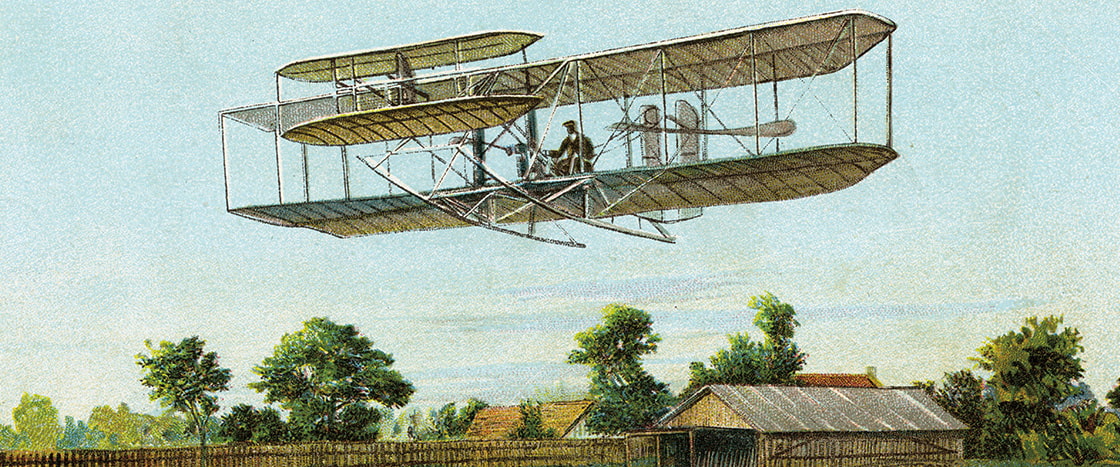This glider had wings.
Before airplanes, people made kites. They made gliders. Then two brothers made something new.

You are going to read about an amazing pilot from long ago. Here is what you should know first.
1. People dreamed of flying.
This glider had wings.
Before airplanes, people made kites. They made gliders. Then two brothers made something new.
2. The Wright brothers flew.
The Wright Flyer first flew in 1903.
They made an airplane that worked. The first time, it flew for only 12 seconds. But they did it!
3. Air shows were a hit.
Soon airplanes worked much better. Pilots put on air shows. People went to watch the planes.
4. The pilots did tricks.
They flew in circles. They stood on the wings. Some pilots became stars.
Bessie Coleman was a star pilot. What stunts did she do? Were they dangerous? Go to this page for her story.
More About the Article
Social Studies Focus
History
Vocabulary:
gliders, pilots, stunts, wings
Small Group/Partner Read
Word Work
1. BEFORE READING
Preview the Article and Set a Purpose for Reading (3-5 minutes)
3. AFTER READING: Focus on Skills
ELA Focus: Vocabulary (10 minutes)
ELA Focus: Key Details (15 minutes)